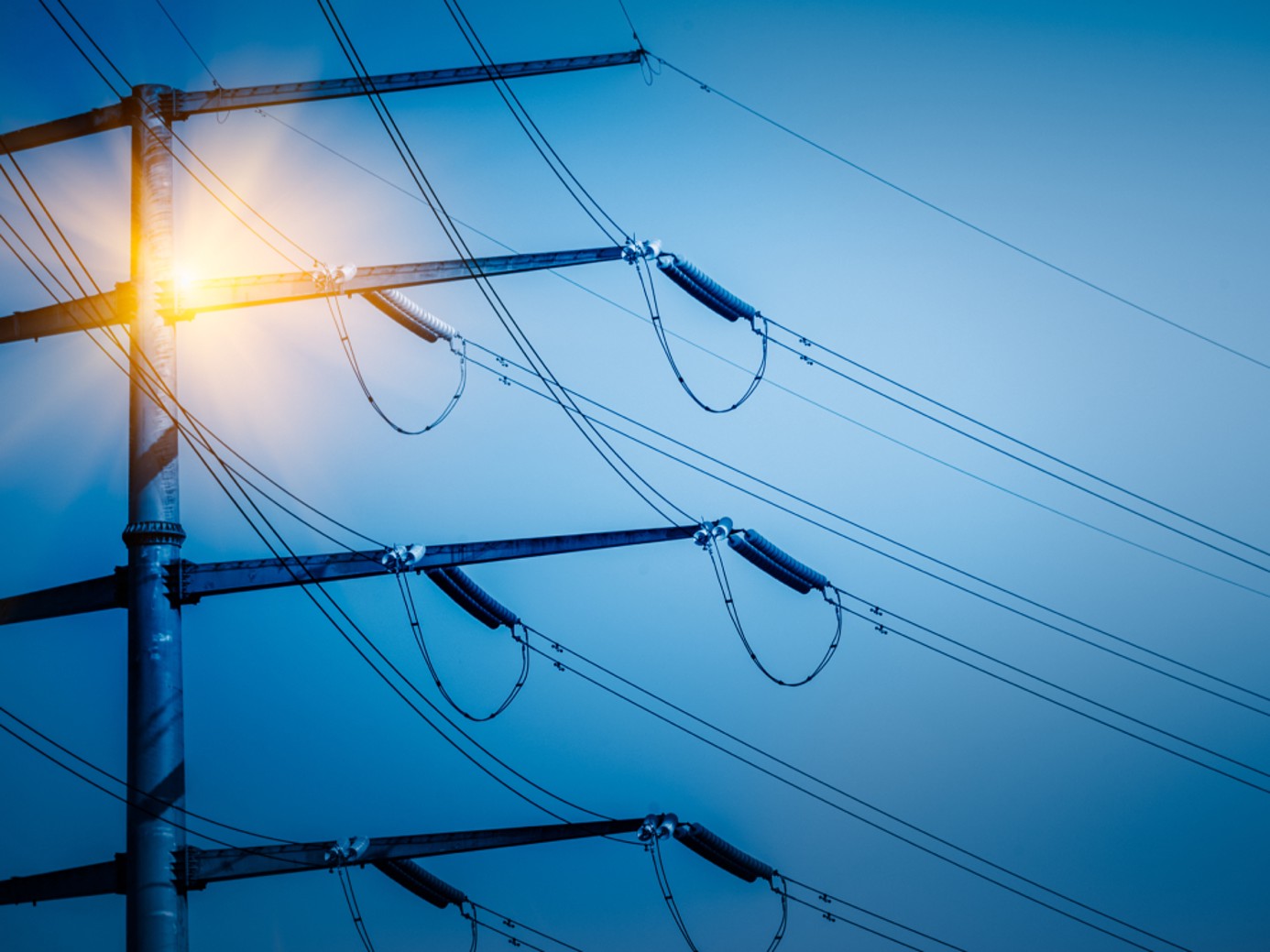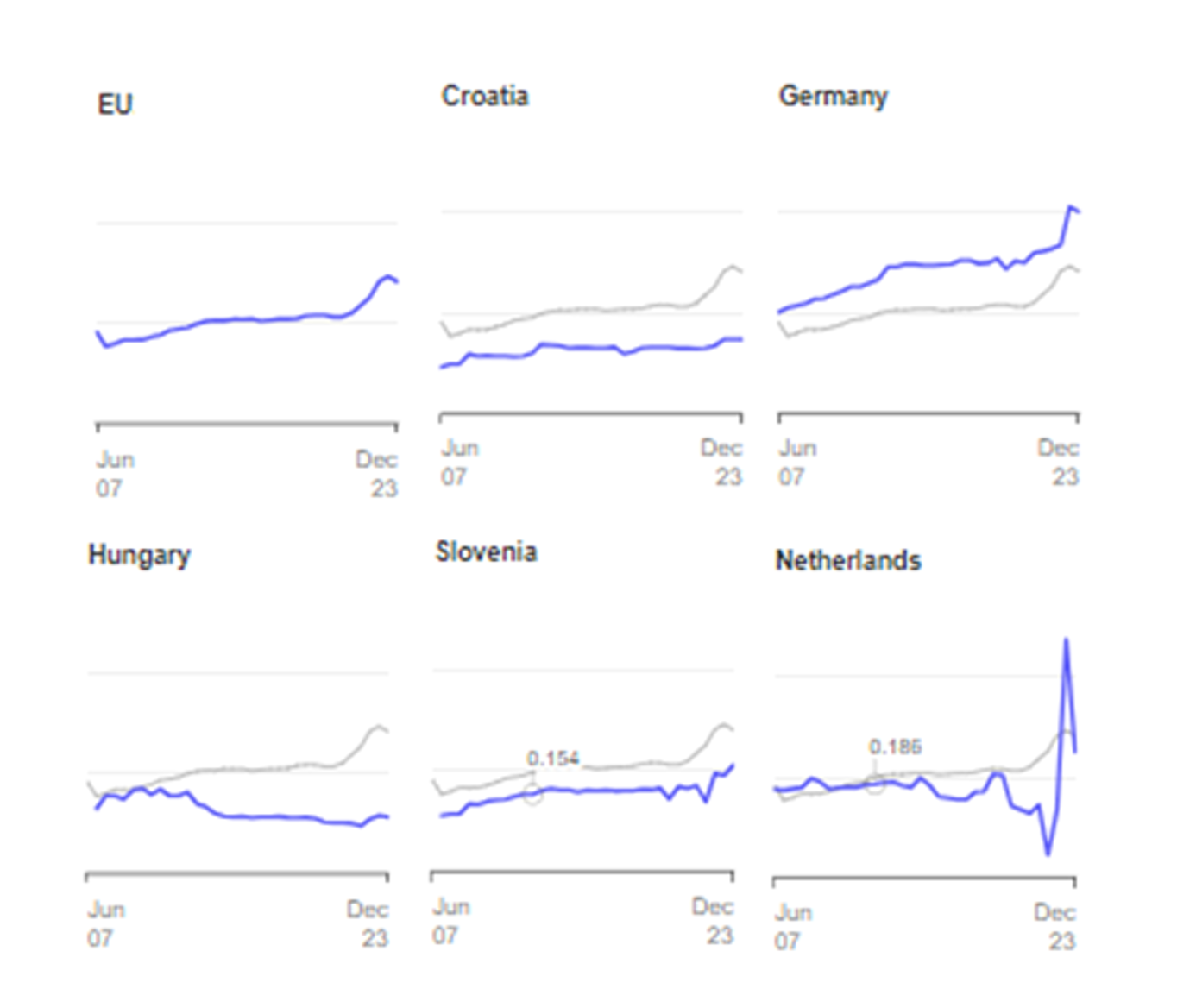Electricity prices in Europe are rising, now is the ideal time for solar power
Expected price increases from October 1st for Croatian citizens and businesses
Date publishedSeptember 9, 2024
Electricity prices in the European Union have continued to rise throughout 2023, as part of a broader trend affecting most member countries. Croatia, which has had one of the lowest electricity prices in the EU, is now facing an announced increase in electricity prices starting on October 1st.
The average electricity price in Croatia in the second half of 2023 was 15.8 cents per kilowatt-hour (kWh), significantly below the EU average of 28.3 cents/kWh. This relatively low price has been supported by subsidies and government measures that helped ease the costs for citizens. However, with the announced reduction in subsidies, prices are expected to rise, which could further strain household budgets already burdened by inflation.

Source: qery.no
The price increase in Croatia is part of a broader European trend, where countries with lower energy prices, such as Hungary and Bulgaria, are experiencing faster increases toward the EU average. In contrast, countries with already high prices, such as Germany and Belgium, have seen more moderate increases. This dynamic points to a gradual alignment of prices across the European Union. Examples like the Netherlands show that electricity prices can also fall, particularly with strategic investments in renewable energy. The Netherlands has managed to reduce prices through increased offshore wind energy production and effective energy policies. This country has demonstrated how smart investments in renewable sources can result in not only stabilization but also cost reduction for consumers.
For Croatia, facing rising prices, investing in home solar power plants could be a crucial step toward energy independence and stability. In response to rising costs, an increasing number of households may opt for self-generated energy, reducing their dependence on market fluctuations and protecting themselves from future price hikes.
Ultimately, although Croatia is entering a period of higher energy prices, there are examples within the EU where smart investments have led to positive changes. Investing in renewable sources and modernizing energy infrastructure could be the key strategy for long-term price stability, both in Croatia and across Europe.